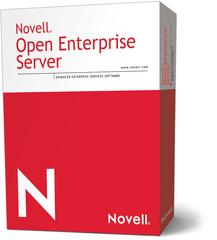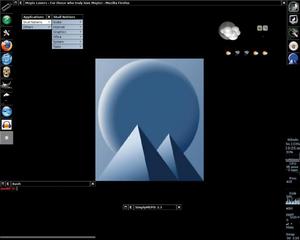The GNOME project announced the release of the Gnome Desktop and Developer platform. GNOME 2.10 includes improvements to usability and stability, as well as new features for development and multimedia support.
According to the GNOME project, GNOME 2.10 comes with key new features, such as an integrated video player for “one-click ripping and improved media format support,” better auto-detection of local hardware and network components, better application integration (including more support for cross-platform standards), and “thousands of bug fixes.”
The GNOME 2.10 desktop is compliant with the cross-desktop Freedesktop.org standard. This release includes several new background images and patterns, as well as new menus and improvements to the panel. Also included is the Totem video player.

The 2.10 update also offers performance improvements to the Nautilus file manager and several small improvements to the Nautilus user interface. The Epiphany web browser comes with some improvements, including a better full screen mode, a location bar that indicates whether a site is secure, and exportable bookmarks.
The latest GNOME also provides better support for wireless networks, simplified utilities for managing users and groups, and improvements to the GNOME log viewer.
Several Linux distributions are already slated to include GNOME 2.10 in the next release, including Fedora, Suse, and Ubuntu. The GNOME website offers a live CD that lets users get an early glimpse of GNOME 2.10.



